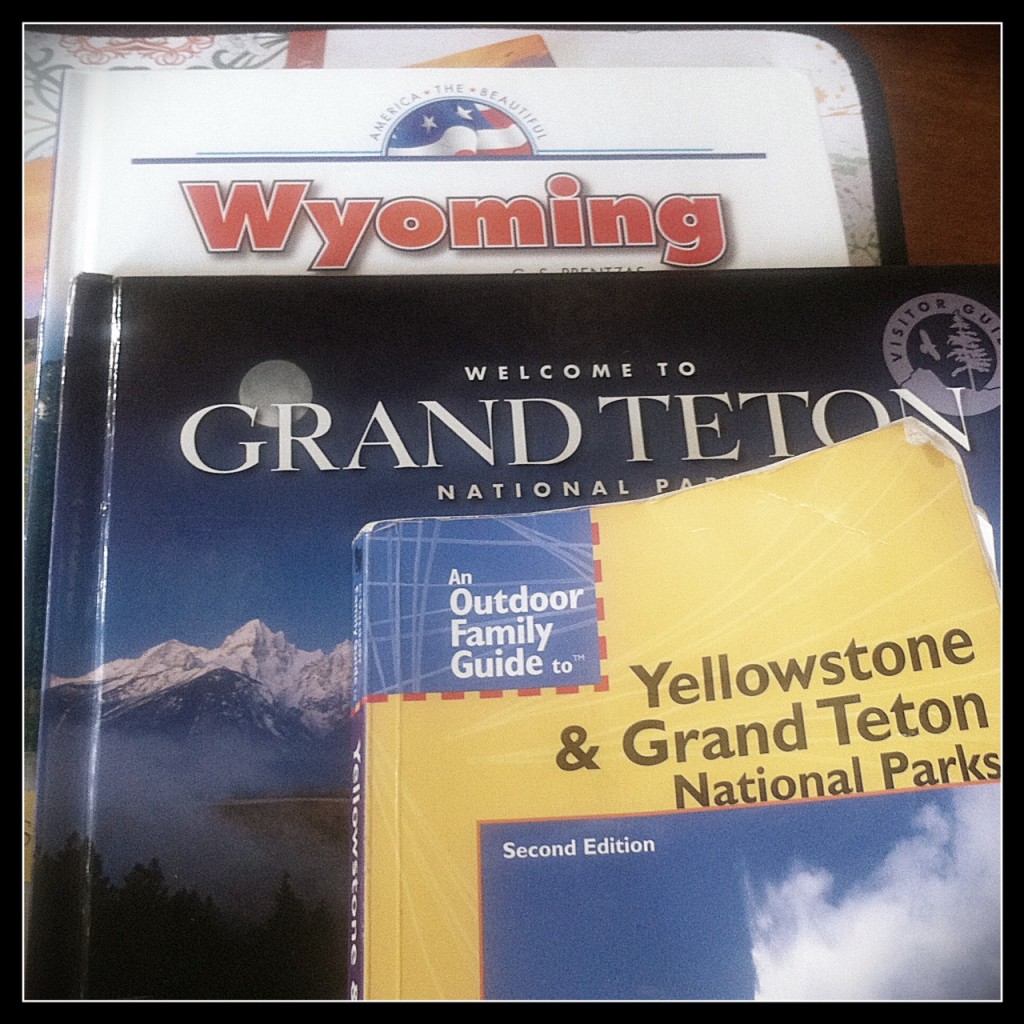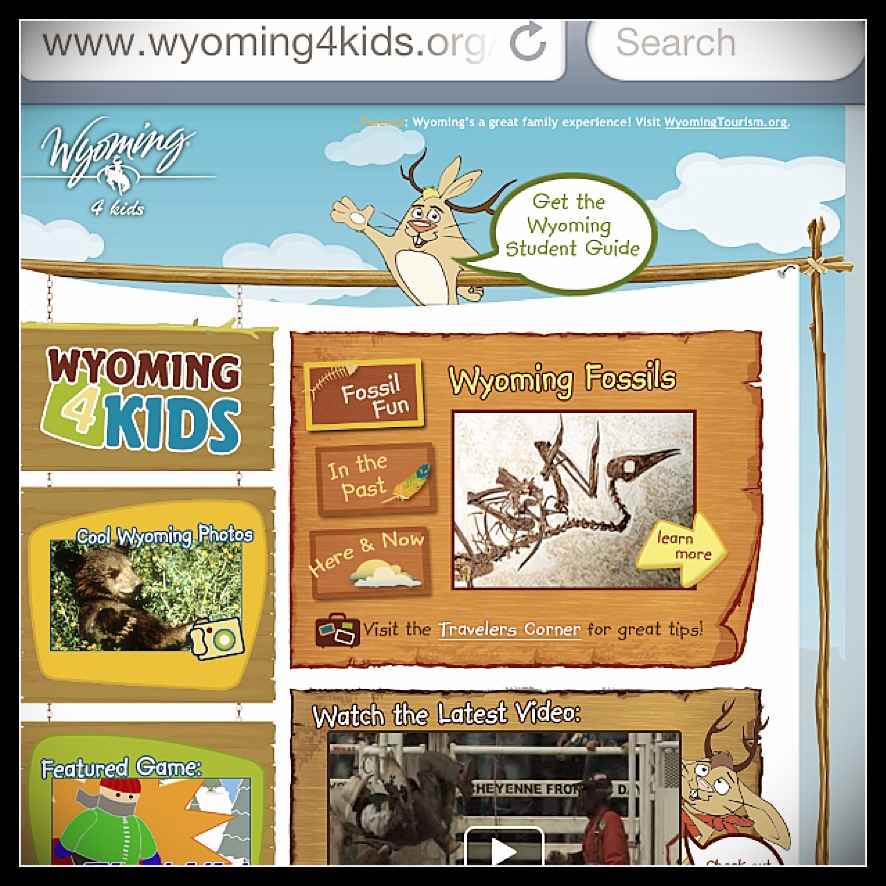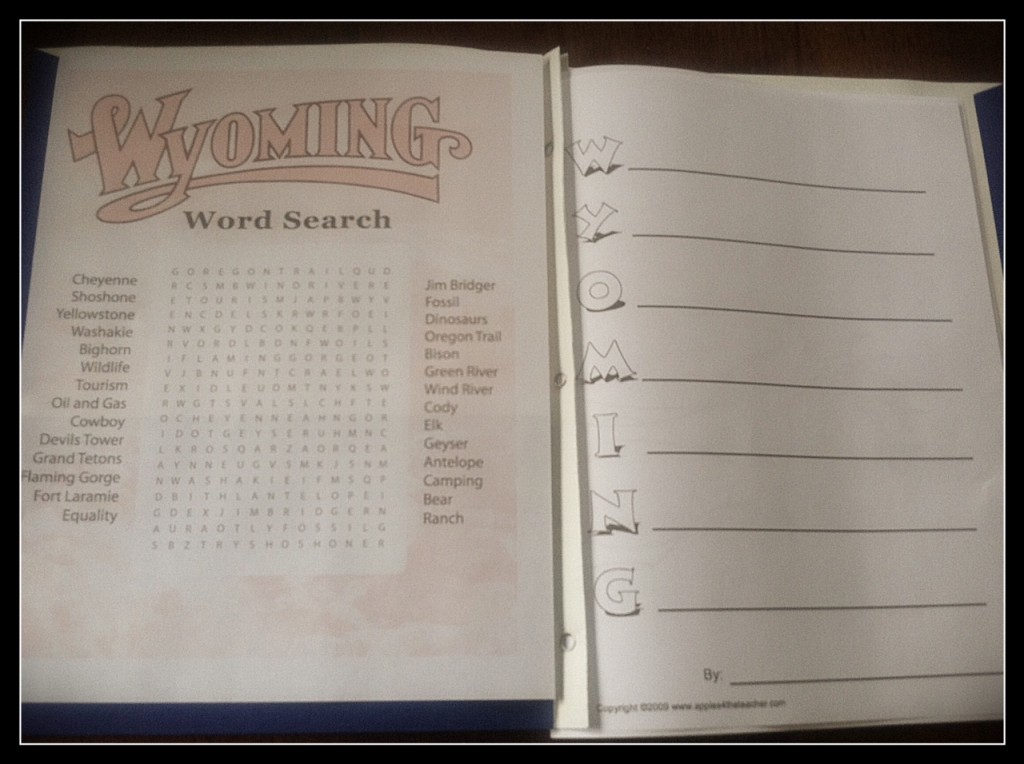It took me a couple of years of adjusting to the homeschooling life to realize that homeschooling is about so much more than cracking open curriculum at the dining room table everyday. It’s an opportunity to develop a lifestyle of learning for your family. To me, a lifestyle of learning means recognizing that life itself presents countless learning opportunities. Figuring out how to tap into those opportunities is the next step.
 Unit studies are my favorite way to capture a life experience in a simple, effective and organized way. If you’re unfamiliar with unit studies, here’s a quick definition: Unit studies take a cross-subject approach to education, focusing the learning experience around a central, common theme. Unit studies can include history, geography, science, language arts, creative arts, and sometimes even math! Unit studies are also helpful for working with children of different ages: They can study the same unit together, but the details and activities will vary based on their level of ability.
Unit studies are my favorite way to capture a life experience in a simple, effective and organized way. If you’re unfamiliar with unit studies, here’s a quick definition: Unit studies take a cross-subject approach to education, focusing the learning experience around a central, common theme. Unit studies can include history, geography, science, language arts, creative arts, and sometimes even math! Unit studies are also helpful for working with children of different ages: They can study the same unit together, but the details and activities will vary based on their level of ability.
For example, we are planning a last-minute trip to Jackson Hole, Wyoming, to accompany my husband on a business trip. I decided to pull together some materials to create a unit study around this trip, so we will be able to continue “school” every day while on the road.
When I create a unit study on the fly, another criteria for me is FREE: I do everything I can to pull together free resources for supplemental studies. As homeschooling has grown more prevalent in recent years, you can now purchase a unit study on almost any topic. However, I am a frugal homeschooler, and even with our Paths of Exploration curriculum (which is unit study based), I purchase only the required components and search for the books and supplements at the library first. So this tutorial will focus on finding FREE unit study resources.
Here’s how I create a unit study on the fly:
1) Literature and a Trip to the Library
We’ve gotten into the habit of doing our library browsing online: Our county library system has a wonderful search tool for finding books, placing them on hold, and even moving them from other libraries so we can pick them up at our branch. I start my research with recommended reading lists, if any already exist for the topic I am searching on. If not, I’ll use keywords to do my research.
I try to find as many varieties of literature as possible. For this trip to Wyoming, I obviously picked up a book called “Wyoming” — two, actually. One is upper elementary reading level and the other is more of a picture book for my kindergartener. I also picked up two books about the Grand Teton National Park: One that is a hiking/camping/family guide and the other is focused on wildlife and geology.
I was hoping to find some living books to take along for the trip, but unfortunately a few books that were identified on a recommended reading list I found were already checked out by others. Of course, the girls can read these anytime, so I will still put them on hold. Unit studies don’t have to be completed all at once — another reason I enjoy them!
2) Google and a Trip Around the Internet
It goes without saying that the Internet is a great place to find “stuff” — including unit study resources. I start with keyword searches. For this trip, I started with “Grand Teton National Park unit studies” and “Wyoming unit studies.” I usually start as specific as possible, and then I’ll widen the net if I’m not finding anything relevant right away.
What are you looking for? A predesigned unit study that is FREE is always a great find, even if you don’t plan to use all the components. However you won’t always be able to find a unit study already created for what you are looking for. However there are many other resources that can be used for your unit study. Here are a few ideas to get you started:
- Coloring pages of varying levels of art expertise
- Alphabet and number pages for young ones
- Vocabulary crossword puzzles, word scrambles, and word searches
- Maps
- Fact sheets and trivia quizzes
- Science projects
- Crafts and hands-on projects
- Poetry & literature
- Historical resources
- Recipes
- Art & music links
3) Print-outs and a Trip to the Supply Closet
There are two things that I always have on hand for unit studies on the fly: Three-pong folders with pockets and spiral notebooks. I do my school supply stocking strategically at the end of the summer so that I end up purchasing these for a penny or getting them free (no kidding — see our bargain school supplies shopping tips for details!).
After I’ve printed out all of my unit study free printables from the Internet, I three-hole punch them and put them into the three-prong folders, customized per child. For example, my 6th grader is usually getting more pages than my 4th grader, and my kindergartener is getting a set customized just for her. I like having the inside-cover pockets because they provide a place to stuff in additional flyers, brochures, sketches, etc. as we experience our unit first hand.
The spiral notebooks are for journaling. Although Charlotte Mason wasn’t a fan of teacher-directed unit studies, a lot of her ideas for student discovery in the educational process can be included in a unit study. One of my personal favorites is journaling and nature study. My girls love to sketch and journal outdoors. This spiral notebook is a place for them to record their own thoughts and ideas about the topic at hand.
Of course, these tools aren’t necessary when creating a unit study on the fly: They are just tools I like to use to keep our unit study organized. They are also easy to add to in the future, because learning is a lifestyle — right?
Have you ever used a unit study approach in your homeschool? Was it for supplemental learning (like capturing the education taking place on a field trip), or do you use unit studies as your primary method for teaching? Did you create a unit study yourself or purchase one? What other ways do you incorporate learning outside the “classroom” of home?




It isn’t a pathologist thing in Jackson, is it? (I know people travel for business all the time…but I always make homeschool connections in the strangest ways…thought I’d ask 🙂
This is so helpful! We are about to start a year of “road schooling” as we travel around the US for work. I knew there had to be a way to incorporate our travels into schooling – and now I know how! Thank you!